Today, the average lifespan of a company on Standard & Poor’s 500 Index is 21 years, down from 32 in 1965. Entretelas Brinco (Brinco), meanwhile, has been around for more than half a century. Lasting the distance – and indeed, being successful for so long – is quite a feat, but it comes with its own set of challenges. How do you keep an organization motivated and dynamic 60 years after surviving more than half a century? How can you ensure your business keeps evolving, rather than falling back on conventional and traditional ways of operating?
For Brinco, this meant rethinking not only how its people work, but also where they work. It meant leveling their old offices and replacing them with a workspace that promotes collaboration and fosters innovation.
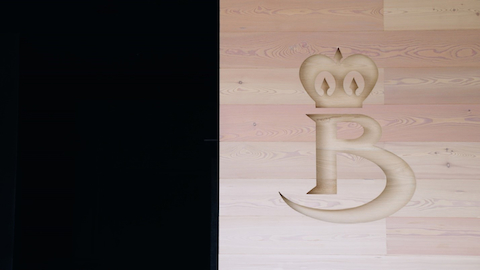
Headquartered in Mexico City, Brinco is a family-owned business specializing in textile solutions for a range of industries – from interlining (lapels, pockets, small parts for reinforcing clothing items) for the fashion industry, textiles for the automotive industry, and disposable scrubs for the medical industry. Brinco has built a reputation for expertise over its 60-year history: it now has a presence throughout the US and Central and South America.
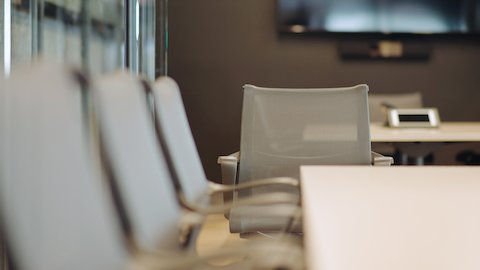
Last year, Brinco formed a new association with Tesca Group, a textile and seating manufacturer for the automotive industry. The alliance made Brinco realize it needed a workspace that reflected the company’s intentions to keep growing and innovating. It also needed an office that nurtured its family-style culture of collaboration, honesty, and dedication.
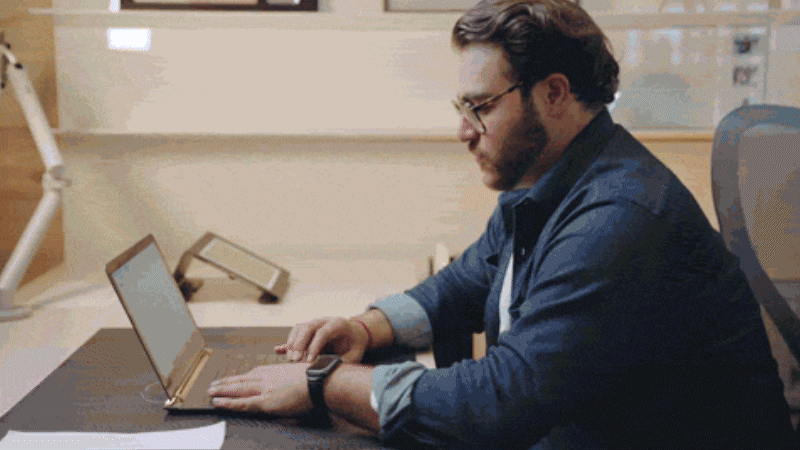
Putting People First
For Victor Mizrahi, General Director of Brinco and the third generation of his family to run the company, the new offices needed to be comfortable, first and foremost. “The workplace is essential. It’s where we spend most hours of the day,” says Mizrahi.
For Brinco, this was especially important: given the fact that the office is located in an industrial district, with no restaurants or cafes around it. The new workspace therefore had to make space for people to work in, eat in, and relax and interact in.
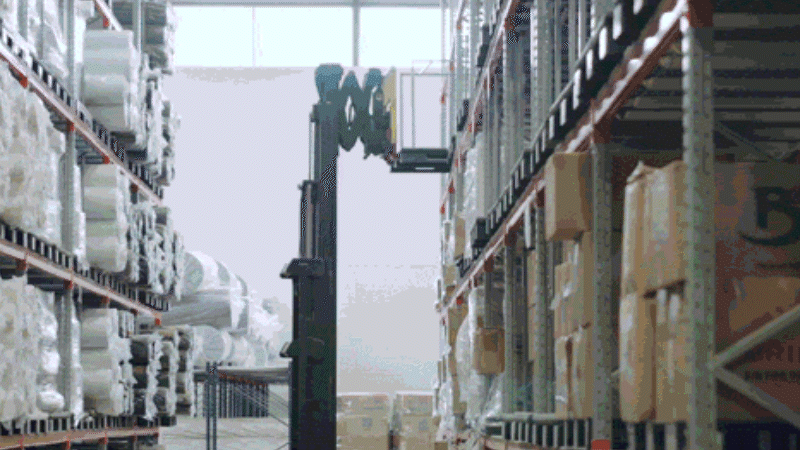
Explore New Ways of Working
Brinco also wanted to “boost the productivity of a diverse and growing workforce,” explains Daniel Ordóñez, Workplace Consultant with Herman Miller, who came in at the start of the design process to work hand in hand with Brinco and Archetonic, the design studio responsible for the interiors of the new workspace.
The choice to work with Herman Miller arose out of a problem Mizrahi noticed in their former facilities. Looking at the chairs people used, “I would see people who were sitting for long hours and I would say: ‘How does that not break their backs?’ So I set a goal then that if I had the opportunity to redesign the company office, Herman Miller would be my first choice,” says Mizrahi, adding that he wanted to offer his staff much more comfortable furniture in the future.
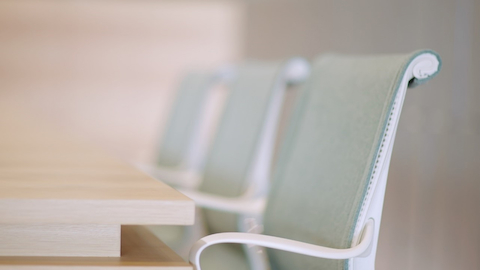
Rethinking Workplace Culture
An initial discovery workshop with Herman Miller highlighted the fact that the shift needed to go beyond physical space. Brinco wanted “to evolve and enhance their organizational culture; to add spaces where people could connect and strengthen their social connections,” says Daniel Ordóñez.
Brinco wanted to create a horizontal work culture; one that’s free from the hierarchies and pyramid structure of the previous office. The office therefore needed to reflect this. To achieve this, Archetonic removed all private offices, creating a space where senior executives sit next to those newer to the industry, and admin and logistics also sit side by side. Archetonic created a series of mobile acoustic textile panels throughout the entire 8,611-square-meter office; these can be moved around on demand in order to create private meeting spaces, or to open up a larger space for bigger larger groups. Each space is available for anyone in the company to use.
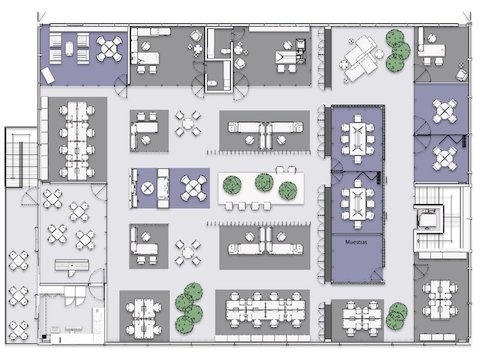
In this way, Archetonic offered “different work dynamics and environments, as well as workspaces that can be used provisionally, encouraging experimental and informal dynamics that question conventional solutions.”
Merging Industrial Spaces with Corporate Solutions
The newly renovated Brinco facilty is located at a warehouse in an industrial area, so Archetonic chose to work with the existing framework, allowing “the coexistence of the industrial character with … a more contemporary, more stylized and sophisticated design language,” says Jaime Micha from Archetonic.
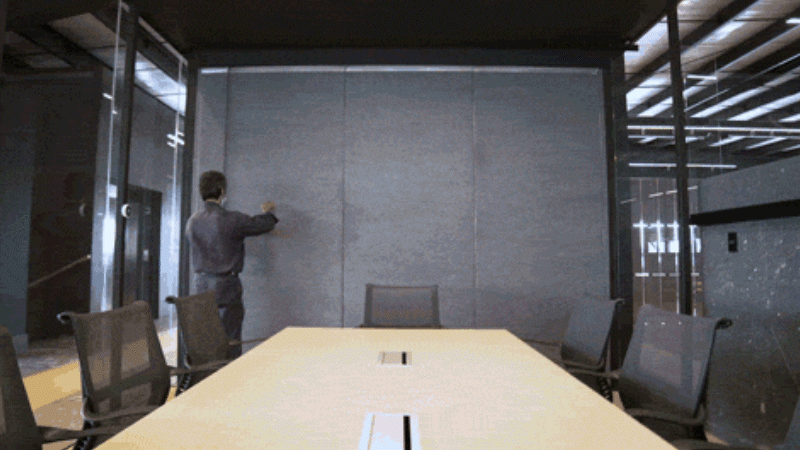
They used wood, glass, and stone to create this juxtaposition between old and new, raw and refined. They also restored Brinco’s original looms and other machinery. Plus, they incorporated textile finishes through the panels in reference to Brinco’s expertise in this field.
As well as being a nod to the company’s history, and creating a fully flexible space, the panels have another benefit: they can be moved to maximize light throughout the office. This brings a sense of spaciousness to the workspace, while the abundance of greenery creates a sense of vibrancy. Here, Archetonic had the advantage of high ceilings, and they used this as an opportunity to bring in trees and plants at a range of different heights.
Create Multi-Purpose Space
Given the fact that the facility is located in a remote industrial part of Mexico City, Brinco wanted to create a space where people that felt safe to be and work in and a space that would cater to food and beverage needs and time out from work. To solve this problem, Archetonic designed a cafeteria space with an appealing terrace where staff can unwind, catch up with friends and eat if they wish. This helps people shift their mindset by moving into a new zone both physically and mentally.
The Results
The Brinco team moved into their new office in March 2021, and the benefits are clearly visible and easy to see. The office now consists of 40 percent individual focus space, 35 percent collaborative space, and 25 percent of the space dedicated to community and socializing space. There’s 40 percent less private office space and 38 percent more open space. In Mexico, the average density per person is 10 square meters; here at Brinco’s offices, they have double this, at 20 square meters. The workspace is “at least 10 years ahead of our industry,” says Mizrahi.
Mizrahi also achieved his aim of providing his people with ergonomic furniture. In the new space, Aeron, Setu, and Cosm chairs deliver ergonomic support, helping people work at their best. Meanwhile Layout Studio and Canvas Vista workstations provide flexible desking that supports postural health and changing technology needs; the Headway Table sets the scene for tech-enabled collaboration, while the Tu cabinets provide mobile storage for flexibility.
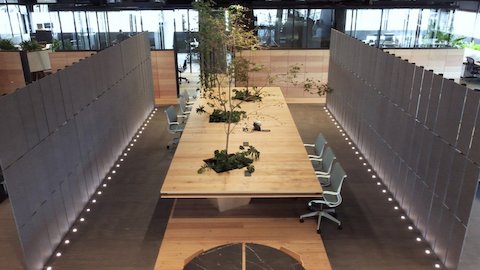
“The workshop we did with Herman Miller was a key part of the solution for these offices,” says Micha. “Those strategies capitalized on 100 years of Herman Miller’s knowledge of the world of corporate architecture. And, well, that was magical.”
“I’m very satisfied with the results,” says Mizrahi. “People are already much happier.”